i.materialise a déménagé vers Materialise OnSite
Comment commander une impression 3D ?
Pourquoi commander des modèles 3D sur i.materialise?
Obtenez des devis immédiats
Téléchargez votre fichier 3D et obtenez un devis instantané, sans connexion requise »
Boutique en ligne
Avez-vous imprimé un produit fini? Ouvrez une boutique et commencez à vendre aujourd'hui! »
Matériaux
20 matériaux différents, y compris les plastiques, les résines et les métaux »
Service d’impression 3D express
Imprimer de polyamide en moins de 48 heures »
Rabais éducatif
10% de réduction pour les étudiants et les enseignants »
Compétence
Plus de 25 ans d'expérience dans la fabrication additive »
Choisissez parmi une large gamme de matériaux d'impression 3D
Résines
Parfait pour les surfaces lisses, les impressions détaillées de haute qualité et une grande variété de possibilités de finition et de post-traitement.
Polyamide (SLS)
Un nylon solide et flexible, disponible à un prix raisonnable et offrant une grande variété de couleurs et de finitions.
Multicolor+
Parfait pour les modèles solides et en couleur au rendu similaires à des pièces moulées par injection.
Argent sterling
Un métal précieux avec une très haute conductivité électrique et thermique. Le matériau est très malléable et brille après polissage.
Laiton
Un métal précieux incroyablement polyvalent qui est disponible dans une grande variété de couleurs et de placage.


